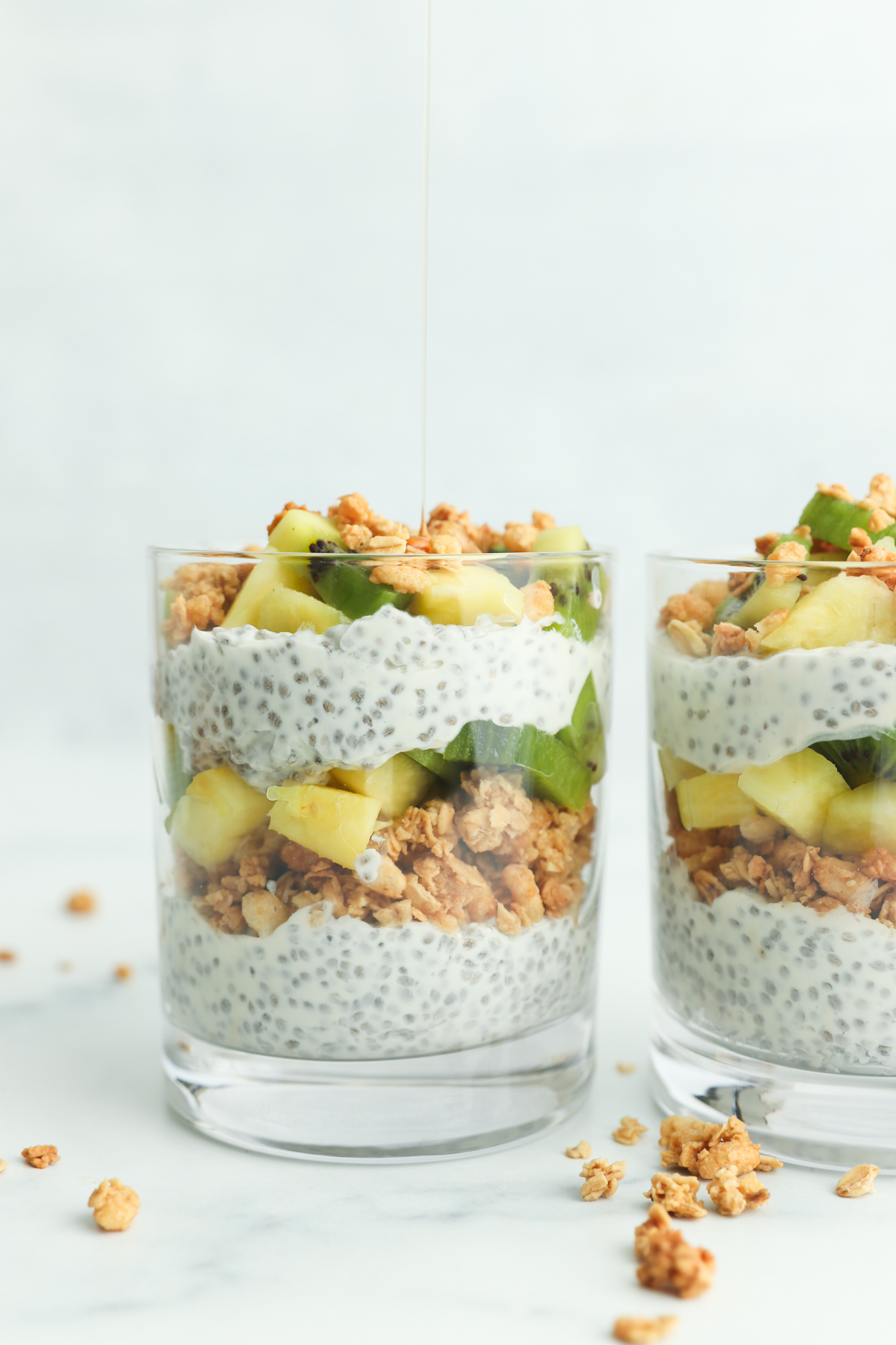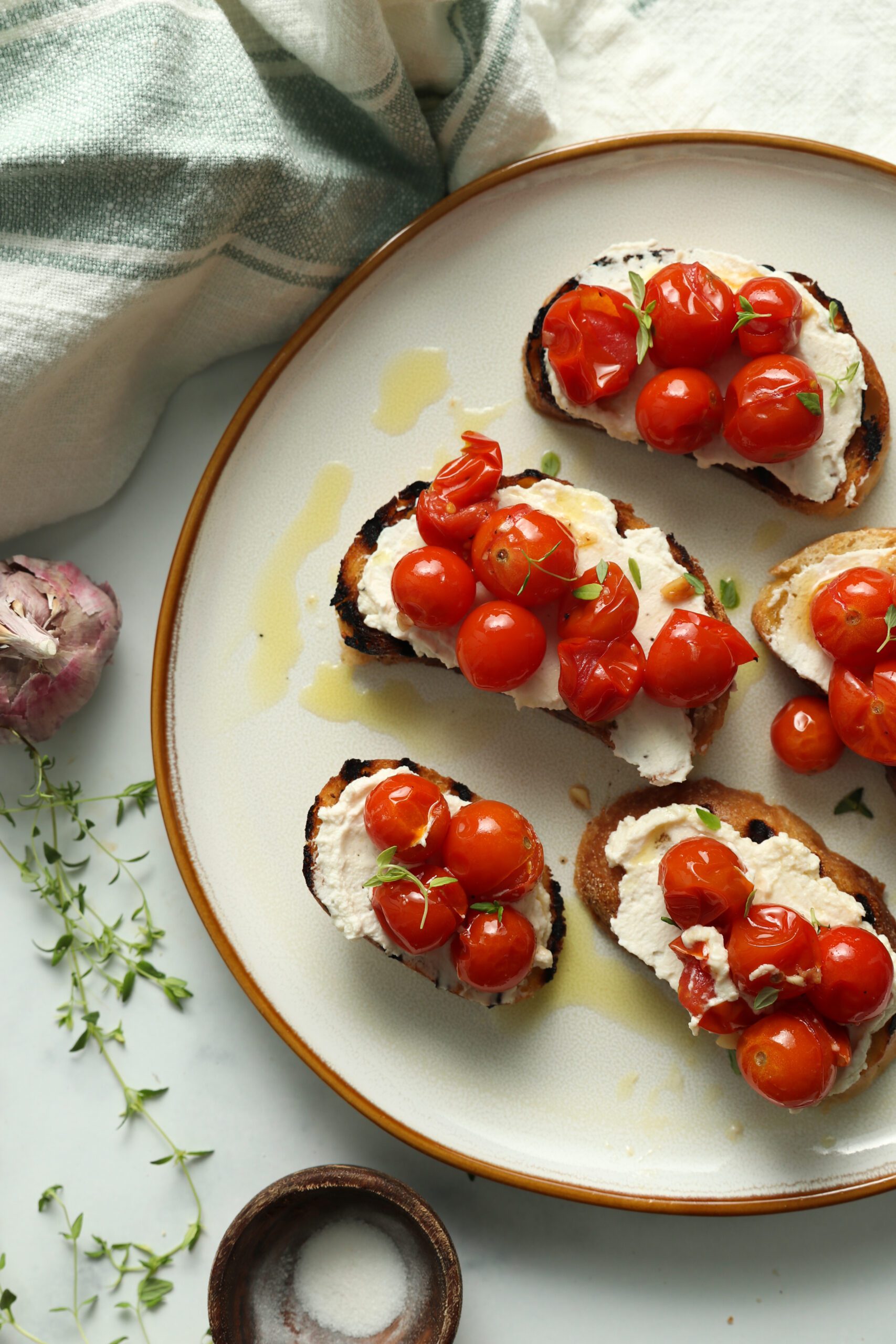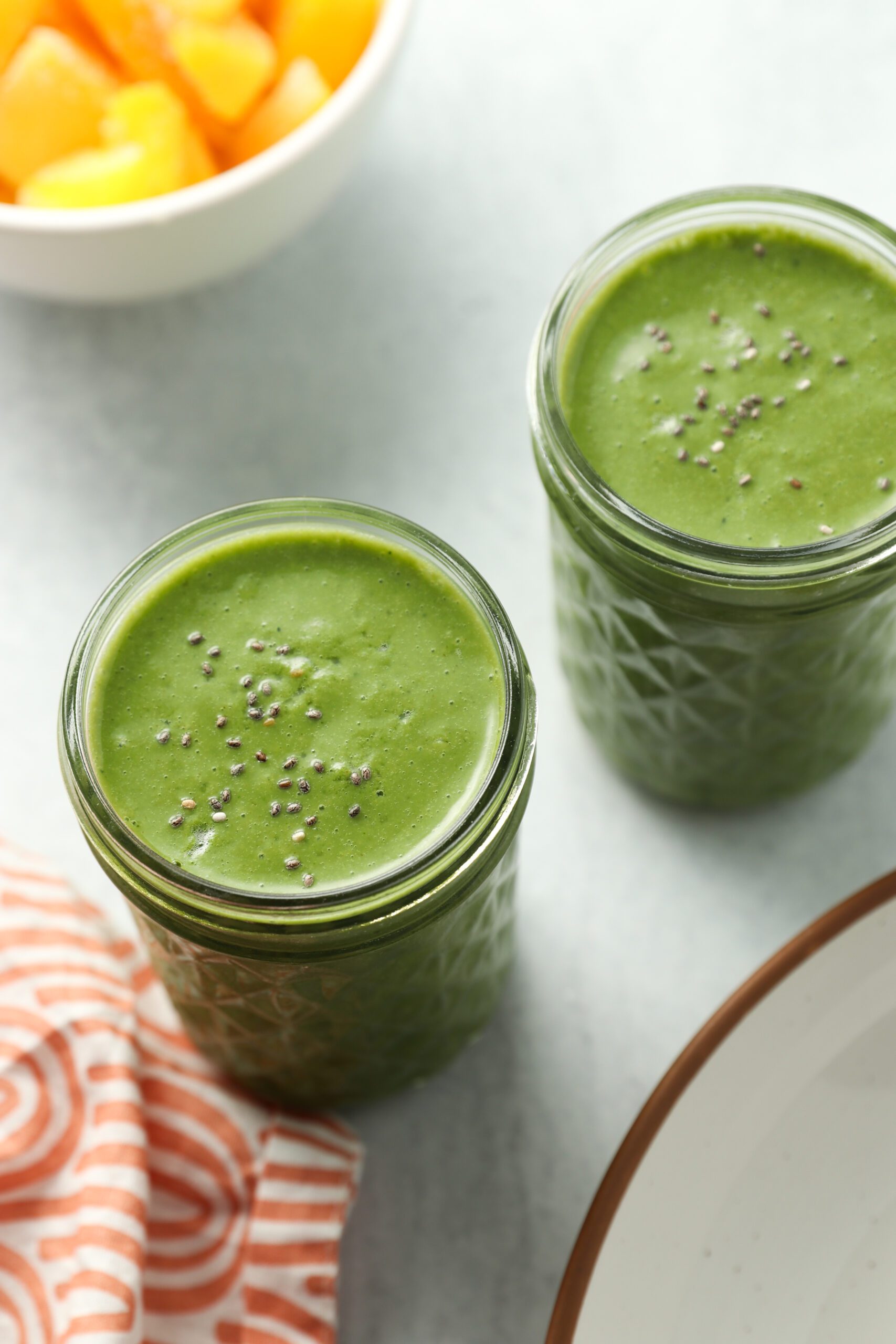This website uses cookies to improve your experience. We'll assume you're ok with this, but you can opt-out if you wish. Read More
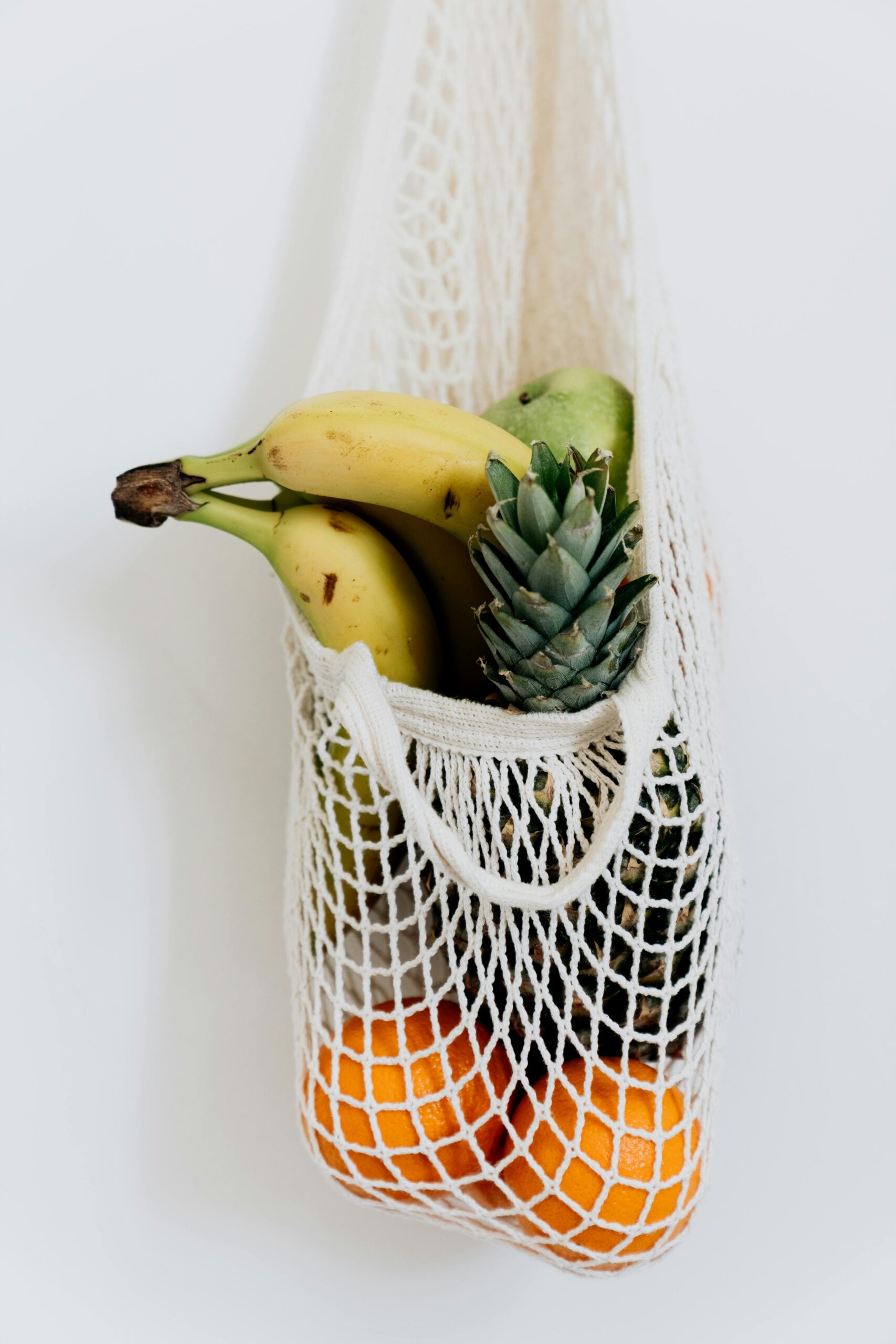
One of the most frequent questions I get as a Registered Dietitian is, “Isn’t eating healthy expensive? Is there a way to eat healthy on a budget?” The good news is it is possible to eat nutritious foods on a budget. It’s all about making smart choices and sticking to a plan. Here is some advice about Healthy Eating on a Budget: 6 Tips for Grocery Shopping.
1. Plan your meals
When most people are told to plan their meals, they fear the meals will become monotonous or boring. However, meal planning should include your favorite meals, and it’s important to factor in days when take-out may be preferred. Choose one day of the week where you can sit and plan out the meals for the week. If you like variety, consider having at least two breakfast, lunch, and dinner options that you can use to alternate between. Also, as you plan out your meals, keep a running list of meals & foods you enjoy so you can refer back to it when you’re out of creative options.
2. Take inventory of your pantry and refrigerator.
Sometimes, we overspend at the grocery store because we need to take inventory of what’s in our pantry or refrigerator. Taking inventory can help you adjust your list and reduce frequent trips to the grocery store during the week. Also, planning your meals can help you stick to the list and reduce impulse buys. If you want to go the extra mile to avoid unnecessary purchases, organize your list according to the sections in your local grocery store.
3. Make meal prep simple and shop smart
When shopping for groceries, avoid reinventing the wheel. If there is a specific grocery item that you use frequently, such as black beans, buy it in bulk. If purchasing produce, stick to an amount that will last you the week. Also, don’t be afraid of pre-chopped items such as shredded lettuce or chopped peppers. Because fruits and vegetables are perishable, it is recommended that you purchase certain fruits and vegetables every 3-5 days. I found a helpful article here on Food52 that explains this further. Fresh, frozen, or canned produce, grains, and beans can be a part of a healthy diet. Some canned & packaged foods may be higher in sodium, so try to choose the lower sodium option if available. Lastly, try your best not to shop on an empty stomach. More and more researchers suggest that hunger triggers us to make poor purchasing decisions, even for non-food items.
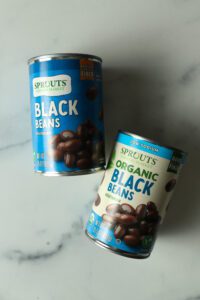
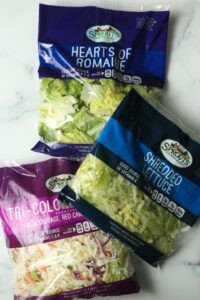
4. Incorporate take-out days, but prioritize home-cooked meals
Cooking at home will always be cheaper than purchasing take-out. However, eating out can be appealing to some individuals. If you choose to purchase out, limit it to 1-2 days of the week, and research the meals at the establishment to ensure they meet your nutritional needs (sodium, calories, carbohydrates, etc.). Some individuals prefer to bulk prep a week’s worth of meals in one day to save time during the week. However, choosing a particular time each day or the night before to prep your meals for the day may also be practical for some.
5. Prioritize whole foods and minimize processed foods.
Before you panic at the processed food statement, take a step back and recognize that some processed foods can be a part of a healthy diet. Foods such as oatmeal, yogurt, and flour are minimally processed, and foods such as french fries, bacon, and potato chips are ultra-processed. Consuming processed foods is not harmful in it of itself. However when it becomes a larger part of our diet over whole foods, our bodies may not function in its optimal state. It is ok to incorporate both for the sake of variety & affordability in your diet. Whole foods such as whole grains, nuts & seeds, and fruits & vegetables should be a part of your daily meals. Processed foods, such as bran flakes or cheerios, are iron-fortified to help us meet our mineral needs, and foods like low-sodium turkey bacon or plant-based veggie sausage can be a great addition to a fiber-rich breakfast.
6. Vary your proteins
Eating less meat can decrease your weekly grocery bill and has health benefits. If you consume meat, try making one meal a day meatless and substituting meat for legumes. For individuals who are vegan or vegetarian, be mindful of expensive meat alternatives that are high in sodium & carbohydrates but low in protein. Try whole food sources such as tofu, tempeh, and seitan, or create your meat substitute out of foods such as vital wheat gluten, legumes, and quinoa. A healthy, varied diet should include protein sources from legumes, eggs, seeds & nuts, nut butters, and lean animal proteins such as fatty fish and lean poultry if consumed.
The bottom line
Healthy eating on a budget doesn’t have to be expensive if we put time and intention into planning our meals. While creating a grocery list may seem tedious, you will get the hang of it with practice and patience. Making smart grocery choices will not only save you money in the bank, but they will also provide your body with the nourishment it needs to survive.
And remember, you can’t put a price on health. The sacrifices you make for your health today will pay off in the life that you envision for yourself.
©️ 2025 KRYSTAL GEORGE | Brand & websiTe by Maya Palmer Designs | Privacy Policy | Terms
Let's Connect
Attachment is a popularized term from the world of psychology that explains how an individual connects to another individual. Many therapists and psychologists in our society today practice attachment-based therapies, which seek to help individuals make connections between how they connected to
Strategies for Healing an Anxious Attachment
More Links to Explore
Lifestyle
Top Categories
My favorite snack to eat when I need something light and filling – crunchy, refreshing, and filled with fiber!
Fresh Spring Roll Wraps
featured recipe
